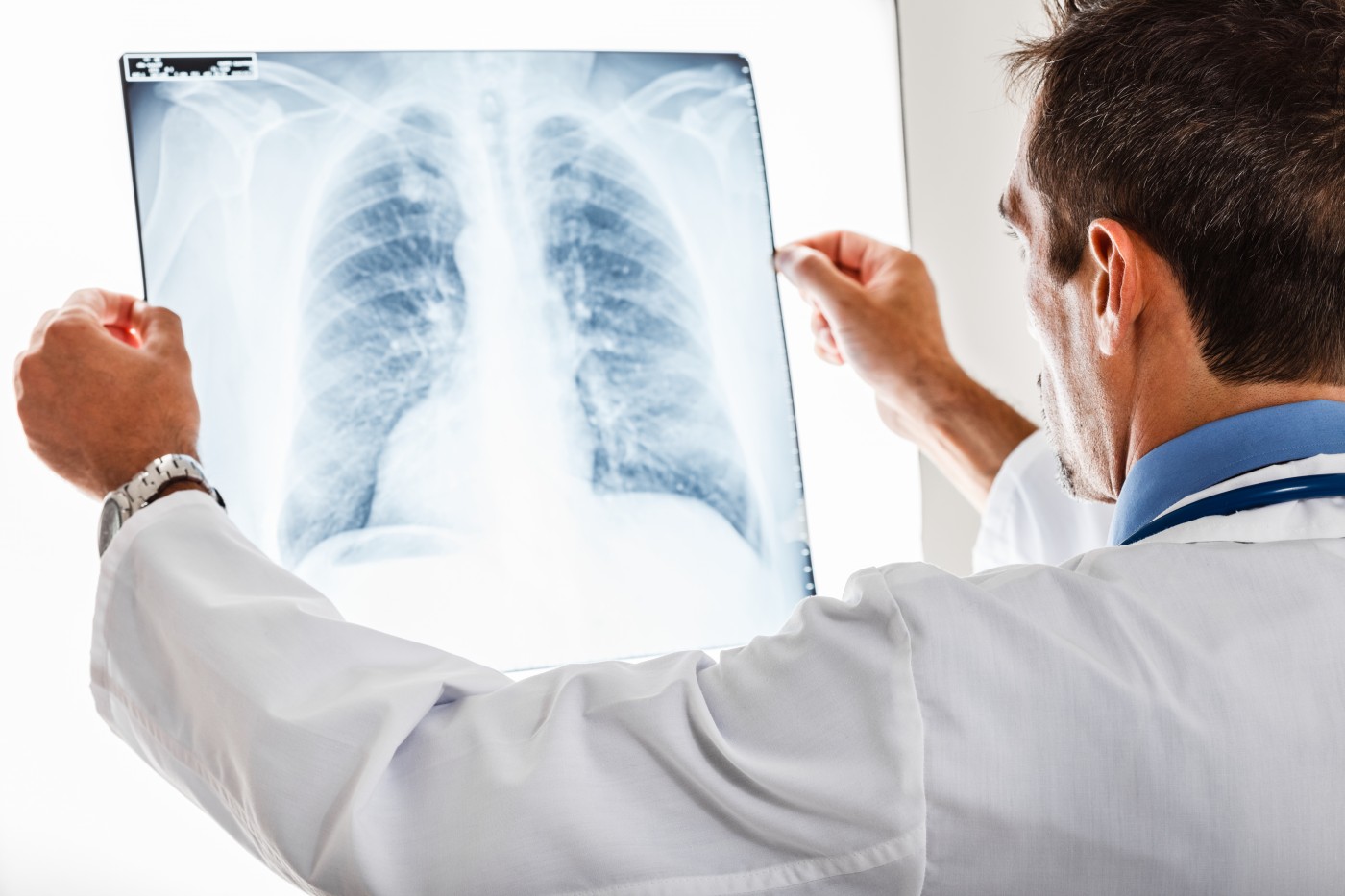Top 10 Most Read Pulmonary Hypertension Articles of 2015

 Pulmonary Hypertension News has covered news surrounding the latest treatments, events, clinical trials, and research updates related to pulmonary hypertension on a daily basis throughout the past year. As the year of 2015 comes to an end, our “Top 10 Most Read Pulmonary Hypertension Articles of 2015” ranks the most popular articles of the year on the disease featured in the news, ranked from the tenth most-read to the top-read PH news article.
Pulmonary Hypertension News has covered news surrounding the latest treatments, events, clinical trials, and research updates related to pulmonary hypertension on a daily basis throughout the past year. As the year of 2015 comes to an end, our “Top 10 Most Read Pulmonary Hypertension Articles of 2015” ranks the most popular articles of the year on the disease featured in the news, ranked from the tenth most-read to the top-read PH news article.
No. 10 – “FDA Pre-market Approval for Remodulin Delivery with Implantable System Pending”
A year ago, United Therapeutics Corporation announced that Medtronic, Inc., the world’s third largest medical device company, has forwarded a pre-market approval application to the U.S. Food and Drug Administration (FDA) for their proprietary SynchroMed® II implantable drug infusion system, along with a new catheter, to be used with United Therapeutics’s Remodulin® (treprostinil) injectable, formulated for intravenous treatment of pulmonary arterial hypertension (PAH). The announcement of pre-market approval for this novel drug delivery device remained a popular news article for the PH community, as it highlighted a promising, new way to administer PH therapies that could improve patient compliance and ease of use.
No. 9 – “Sarcoidosis-Associated Pulmonary Hypertension Highlighted By Recent Study”
While a major population of pulmonary hypertension patients are diagnosed with idiopathic or arterial pulmonary hypertension, there is also a population of patients with pulmonary hypertension caused by sarcoidosis that have similar unmet medical and therapeutic needs. Estimates from a paper published in Seminars in Respiratory and Critical Care Medicine state that approximately 6%–20% of sarcoidosis patients will develop pulmonary hypertension and see an increased risk of mortality. This article highlighted a lesser-known PH patient population and highlighted the seriousness of sarcoidosis-associated pulmonary hypertension.
No. 8 – “Molecular Hydrogen in Water Protects Against Pulmonary Hypertension”
New research suggests administering molecular hydrogen may offer therapeutic value to pulmonary hypertension patients. Many factors account for the disease, and the most-used therapies rely on vasodilators of several kinds. However, the traditional treatments have failed to block disease progress effectively. In this study, the research team found that molecular hydrogen 2 (H2), a selective antioxidant that selectively reduces two specific ROS without affecting physiological ROS, is able to prevent the development of PH and reversed RV hypertrophy.
No. 7 – “Vagus Nerve Found To Regulate Pulmonary Fibrosis Progression”
In a new study entitled “Vagotomy attenuates bleomycin-induced pulmonary fibrosis in mice,” researchers investigated the role of the vagus nerve in pulmonary fibrosis pathogenesis. They established a mouse model and discovered that the vagus nerve regulates pulmonary fibrosis progression by controlling pro-fibrotic factors. The study was published in the journal Scientific Reports and revealed that the vagus nerve influences bleomycin-induced PF.
No. 6 – “Highest Risk Of Pulmonary Arterial Hypertension Observed In Patients With Systemic Scleroderma”
Scleroderma has often been associated with a higher risk of pulmonary arterial hypertension (PAH) in previous research. This is because in patients with scleroderma, there is progressive blood vessel contraction (narrowing) that often leads to an increase in blood pressure in the lungs, which can in turn develop into PAH. The progression from scleroderma into pulmonary arterial hypertension was discussed in 2015 by renowned PH expert Harrison Farber, MD, at the American College of Rheumatology’s State-of-the-Art Clinical Symposium in Chicago, who underscored the health challenges experienced by this patient population and the unmet therapeutic needs for treating PH in those with systemic scleroderma.
No. 5 – “Targeted Therapeutics Under Investigation For PAH Treatment”
Scientific research groups and pharmaceutical companies around the world are working to develop targeted therapeutics that focus on specific cellular pathways that are associated with dysfunction in PAH patients. Within the realm of targeted therapeutics, certain therapies are in basic research and others are at moderate-to-advanced stages of clinical trials. Along with these targeted therapeutic strategies that are still in basic research, experimental PAH therapy bardoxolone methyl is in a Phase 2 clinical trial for PAH. Reata Pharmaceuticals began enrollment last year for the Phase 2 study for the targeted therapeutic bardoxolone methyl, which was recently granted orphan drug designation for PAH.
No. 4 – “phaware Global Association Launches New Website And High-tech Pulmonary Hypertension Research Focus”
September saw the launch of phaware global association (phaware), a new non-profit organization and website founded by a group of pulmonary hypertension (PH) awareness advocates. The main purpose of phaware is to reach the general public, news media, and potential donors in order to expand their exposure both nationally and internationally in unprecedented ways. The coalition of patients, caregivers, and medical professionals who make up the phaware initiative are determined to chart a new course to a PH cure through leading-edge biotechnological innovation and dedication to advancing the organization’s objective through leveraging state of the art tools and creative content.
No. 3 – “Pulmonary Hypertension & Viagra: Researchers Discover Novel Mechanisms of Sildenafil for Disease”
A group of researchers from the University of Pécs, Hungary, have attempted to understand the mechanism by which pulmonary vascular remodeling initiates right ventricular failure and hypoxia, one of the leading causes behind the mortality rates associated with Pulmonary Hypertension (PH). Sildenafil, known more commonly by its brand name Viagra, is an inhibitor of phosphodiesterase type 5 (PDE-5), an enzyme found in various tissues and involved in the cardiovascular system, and is frequently used in the treatment. However, the molecular mechanisms behind this protective effect are not fully understood. The notion of treating PH with a drug like Viagra made headlines as a seemingly unlikely therapeutic solution, but research studies such as this one have demonstrated the scientific basis for how and why the therapy can benefit those with pulmonary hypertension.
No. 2 – “Reata’s Bardoxolone Methyl as PAH Therapy Shows Promise in Initial Phase 2 Data”
In October, Irving, Texas-based Reata Pharmaceuticals, Inc., announced initial data from its LARIAT trial evaluating experimental therapy bardoxolone methyl in pulmonary arterial hypertension (PAH) patients. The findings were presented at the annual meeting of the 2015 American College of Chest Physicians (CHEST), which ran from October 25 to 28 in Montrèal, Canada. Throughout 2015, the PH community continued to closely follow the development of bardoxolone methyl for PAH, which has shown promise in its ongoing clinical trials.
No. 1 – “Highlights on New Theory for Pulmonary Arterial Hypertension: The Metabolic Theory”
Researchers at the University of Alberta in Canada published an article in the journal Cell Metabolism concerning pulmonary arterial hypertension (PAH) and details on a new theory suggesting that the disorder should be seen as a syndrome affecting several organs at the metabolic level. The study is entitled “The Metabolic Basis of Pulmonary Arterial Hypertension.” The authors discuss in the study an emerging theory known as the metabolic theory of PAH, which proposes that the disease should be approached as a syndrome with multi organ involvement that results from a metabolic remodeling in the vascular cells of the pulmonary circulation system but also the extra-pulmonary tissues as well.
Be sure to follow Pulmonary Hypertension News daily throughout 2016 for another year of groundbreaking, new research, therapies, and advocacy efforts to fight and eventually cure PH.







